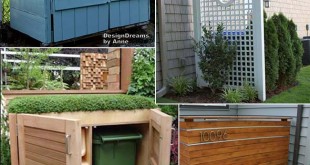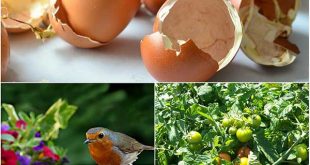10 Steps for Creating Better Garden Soil
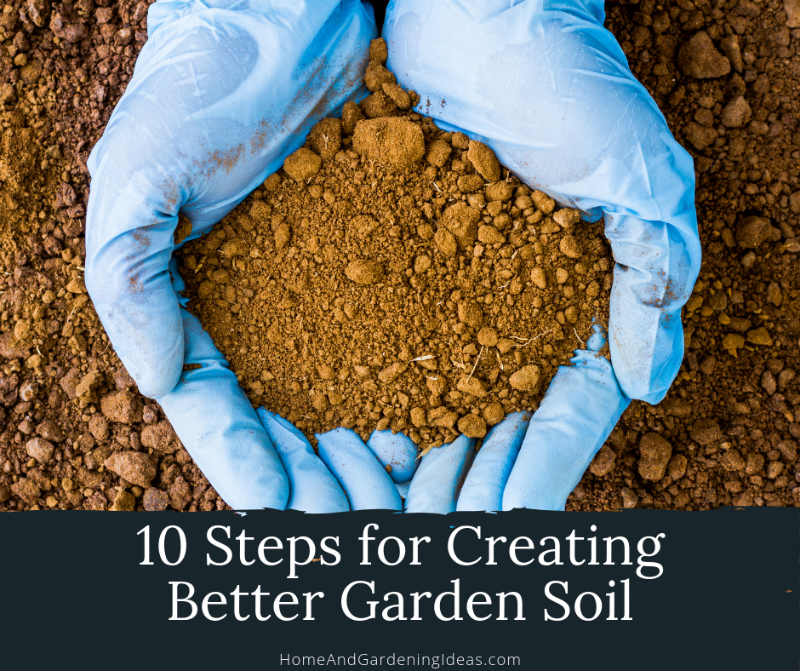
You don’t have to accept the way your soil is right now. Creating the best garden soil takes some work and a plan, but it can drastically change the output of your vegetable garden. What you start with isn’t what you need to end up with — making the right garden soil for your plants matters.
There are plenty of ways to create better garden soil. By adding the right amendments, you can change the type of soil you have, improving the drainage, and adding nutrients.
10 Steps for Creating Better Garden Soil
-
Get Your Soil Tested
Most local county extension offices offer free soil tests for gardeners each year. These tests let you know what your soil is lacking in the nutrient department so you can know what to add to your ground. If you have enough nitrogen in your land, you don’t want to add more, or you risk creating an imbalance.
-
Know Your PH Level
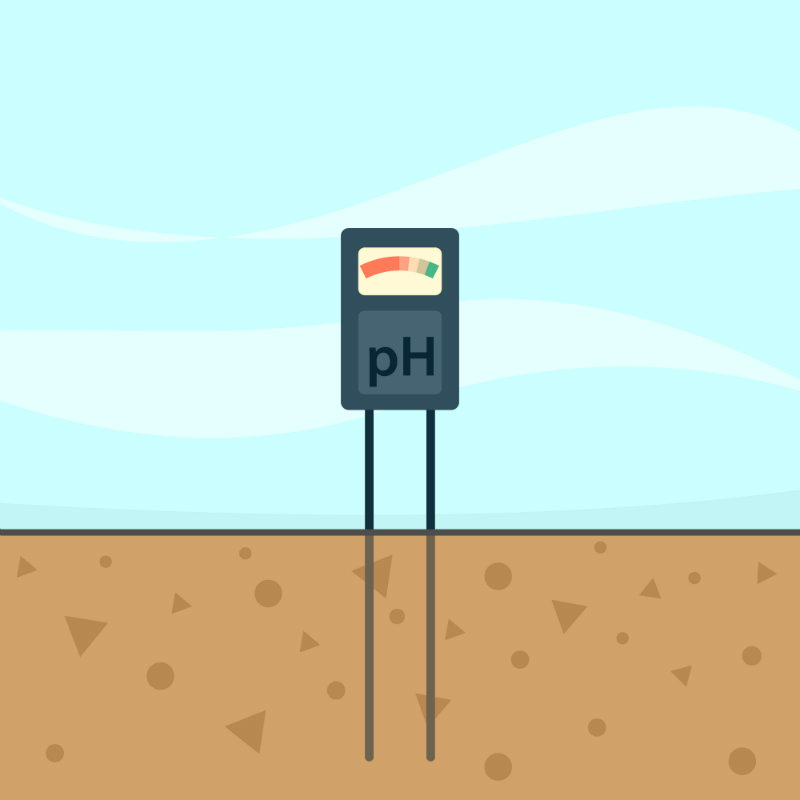
Soil also has a unique pH level, and you want to test your soil pH level so that you can adjust as needed. Some plants grow better in acidic soil, while other plants prefer alkaline soil.
Once you know your soil pH level, you have to look at what type of plants you are going to add to your garden beds. What pH level do they prefer? Now you know what kind of adjustments must be made for proper plant growth.
Add in Compost
Compost is like superfood for garden beds. Making compost at home is a breeze and free. It just uses what you have around the house already.
Before you put your plants in the garden beds, make sure you mix the right amount of compost in each bed. It’s a way to feed your plants as well as increasing the water drainage in each bed. Standing water or poorly draining soil isn’t your friend.
Use Organic Mulches
Mulching is a great practice that helps to reduce the weeds in your garden while regulating soil temperature and retaining moisture. Not using mulch in your organic is a bad idea.
Pick organic mulches that decompose over time. As they decompose, these mulches add nutrients back into the soil. For example, using grass clippings helps to add nitrogen back into the ground. Grass clippings are free, block out weeds, and decompose quickly.
Try a Cover Crop
For years, cover crops were viewed as a practice just for larger farms, but small gardeners can use this practice as well. In the winter, the ground in your garden beds is left bare and exposed, which strips away nutrients and encourages soil erosion. If you think this is causing a problem in your garden beds, consider planting a cover crop.
Cover crops are plants that are thick and sprawling. They cover the ground, hence the name cover crop, and protect the soil from the elements. Plus, using cover crops add nutrients back into the soil.
Add Peat Moss to Clay Soil
Clay particles are small and flat, and they pack together until there is no pore space. Then, when the clay is wet, it becomes unworkable, causing the soil to stay waterlogged. Waterlogged soil can kill plants.
Once your break up the clay soil, one easy way to increase drainage is by mixing peat moss throughout the soil. Peat moss breaks up the ground, making it easier for water to move in and out.
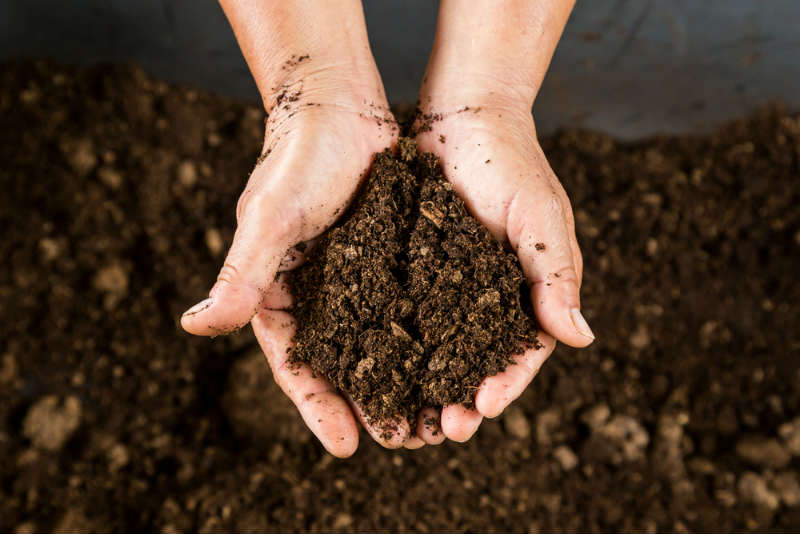
Composted Manure
Most animal manure needs to be composted first to avoid burning your plants. Manure is like black gold, and adding it to your garden builds up organic matter, adds a microbial activity, and provides valuable nutrients.
If you do want to add fresh manure, add it in the fall, so it sits all winter. A few types of manure you might want to use includes:
- Chicken Manure: This manure is highest in nitrogen but considered hot. It needs to be composted and aged before applying.
- High Manure: It contains a lot of weed seeds, but it’s easy to find.
- Cow Manure: This is considered all-purpose manure that doesn’t burn your plants quickly because it has a lower nitrogen content.
- Rabbit Manure: It’s called cold manure because you can apply rabbit manure directly to your plants. It won’t burn your plants, so sprinkle those pellets around.
Don’t Forget the Nitrogen
Of all the plant nutrients, nitrogen is one of the most important. Nitrogen is usually in short supply, even if you continue to build your soil yearly because so many plants need it. It’s responsible for feeding your plants and the organisms in your soil. Garden growth and soil health depends on nitrogen.
If your soil test comes back that you need to add nitrogen, don’t be surprised. You can add nitrogen in a variety of ways, such as:
- Using organic fertilizers such as blood or feather meal
- Plant spring or fall legume cover crops that transfer nitrogen into the soil.
- Spread green grass clippings over your soil.
Create Permanent Beds and Paths
Walking on your garden beds isn’t a good idea. It compacts the soil, making it harder for water and air to seep into the soil to the roots. Compacted soil makes it harder for plants to grow.
To combat this issue, create permanent raised beds with specific paths. This way, the soil in the beds are nice and fluffy. Never walk in your raised beds! Raised beds are never for walking, so let your kids know that’s against the rules.
Make Sure You Have Worms
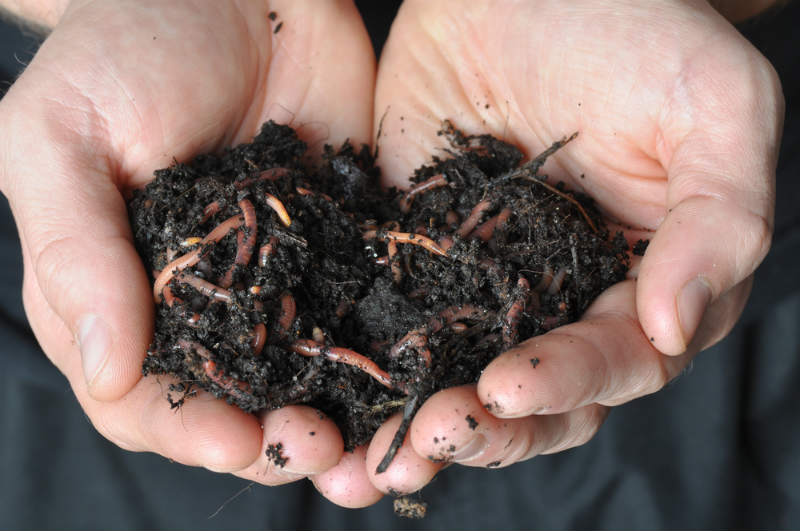
Worms till the soil for you, and they’re an invaluable resource to your soil. You can purchase worms or raise them yourself. Add them to either your compost bin or your garden beds!
Worms are a great addition to your soil. They convert what you add to your soil into usable products that your soil loves like nutrients, vitamins, and minerals.
 Home and Gardening Ideas At home and Gardening ideas we believe inspiring readers about homesteading, self sufficiency
Home and Gardening Ideas At home and Gardening ideas we believe inspiring readers about homesteading, self sufficiency




